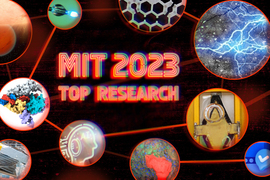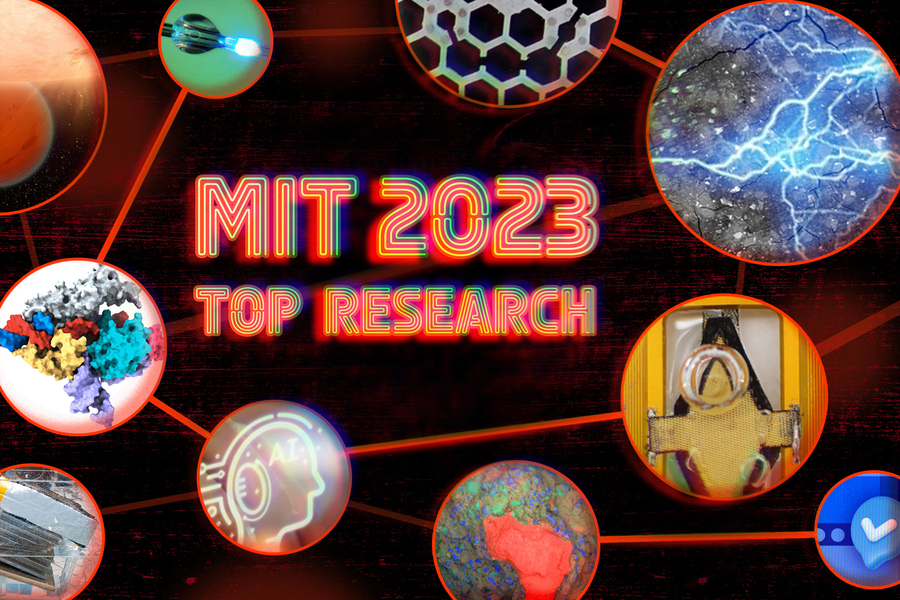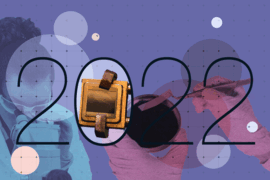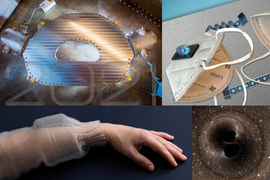It has been another prolific year for MIT’s research community in 2023. As we close out the year, MIT News looks back at some of our most popular stories from the last 12 months.
We’ve also rounded up the year’s top MIT community-related stories.
- Cheaper water desalination: MIT engineers and collaborators developed a desalination system that can produce freshwater that is even cheaper than tap water. The passive, solar-powered device avoids the salt-clogging issues that plague other designs.
- Why was Roman concrete so durable? Researchers discovered ancient concrete-manufacturing strategies that gave Roman concrete its famed durability. The work may hold the key to designing concrete that lasts for millennia.
- ChatGPT boosts worker productivity: Two PhD students in MIT’s Department of Economics found that ChatGPT increased productivity for workers assigned tasks like writing cover letters or delicate emails, and cost-benefit analyses. The tasks in the study weren’t quite replicas of real work, but access to ChatGPT decreased the time it took workers to complete them by 40 percent and improved output quality.
- Injection-free diabetes control: Providing a possible treatment approach for Type 1 diabetes, engineers designed an implantable device that carries hundreds of thousands of insulin-producing islet cells. It also has its own on-board oxygen factory, which generates oxygen by splitting water vapor found in the body, to keep the cells healthy.
- Unraveling connections between the brain and gut: MIT engineers designed fibers embedded with a variety of sensors, as well as light sources for optogenetic stimulation, that can control neural circuits connecting the gut and the brain. By manipulating intestine cells in mice, the researchers demonstrated that the technology could induce feelings of fullness or reward-seeking behavior.
- The “whom of which” trend: An MIT linguistics professor and student explored the emergence of a new kind of sentence construction, finding that the phrase “whom of which” obeys very specific rules whose nature contributes to a larger discussion about syntax. The article sparked broad interest from members of our audience, many whom of which read it.
- A supercapacitor made from ancient materials: A new kind of supercapacitor could provide cheap and scalable energy storage for renewable energy sources. The device is made from ancient, ubiquitous materials including cement, carbon black, and water.
- A wearable ultrasound scanner: MIT researchers designed a wearable ultrasound device that could be incorporated into a bra to allow people to detect breast cancer earlier. The device could be worn by people at high risk of developing breast cancer between routine mammograms.
- A new tool to edit the human genome: A newly discovered CRISPR-like system could one day be harnessed to edit DNA more precisely than CRISPR/Cas systems. It is the first RNA-guided, DNA-cutting enzyme found in eukaryotes.










